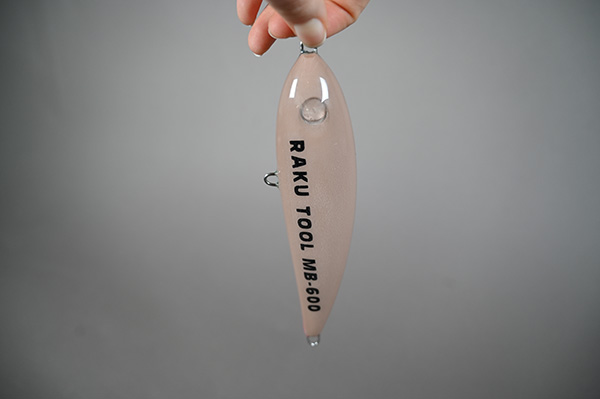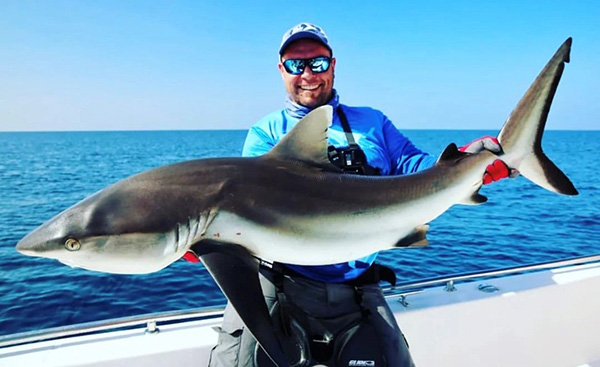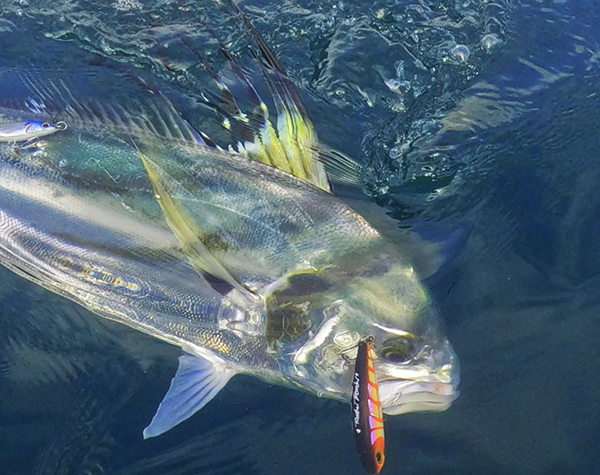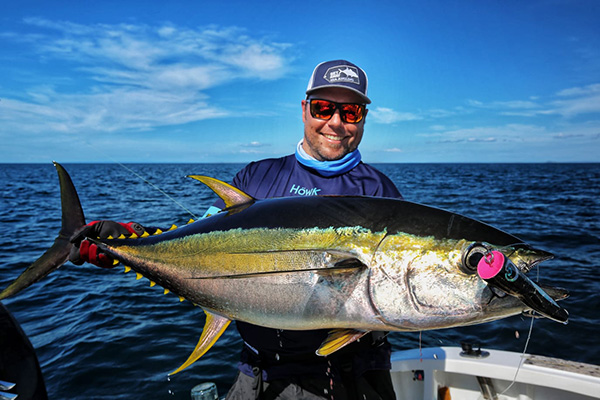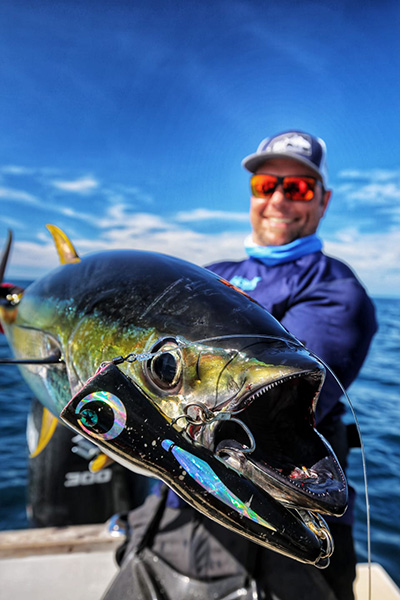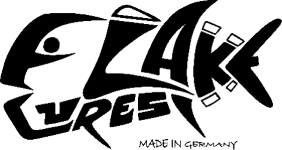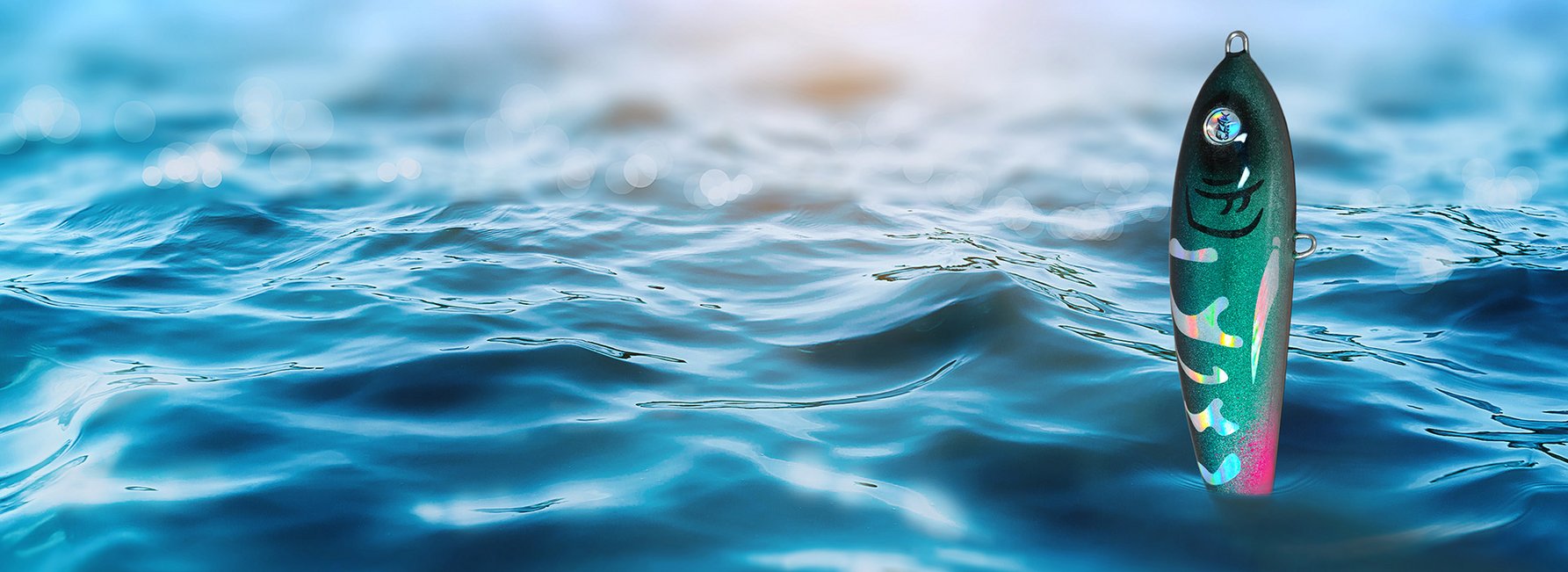
The big catch!
Premium fishing lures made from RAKU® TOOL MB-0600!
Fishing lures!
Our experts and materials do not shy away from a challenge. From hyper cars, business jets, and space rockets to – fishing lures!
The latter may seem a bit unspectacular. But the manufacturing process is by no means trivial. And: the so-called stickbaits are not used to fish goldfish out of their tanks, but mainly to catch predatory fish such as perch, asp, or even sharks.
Thus, the premium fishing lures must be both bite- and waterproof. In addition, the stickbait must have the right density for gliding on the water and a very fine surface for excellent and long-lasting lacquer adhesion. Our polyurethane board material RAKU® TOOL MB-0600 guarantees all of this – and much more.
Catch the best board and the biggest fish – with RAMPF!
Application
Production of exceptional premium stickbaits (artificial fishing lures) for fishing predatory fish.
Stickbaits are elongated artificial lures without a diving lip. The pin-type baits are most commonly used at or just below the surface of the water. Such top water lures are very effective when fishing predatory fish, especially perch, asp, or other large fish.
Requirements for the MB-0600 Board:
- Efficient and constant production of stickbaits.
- The board material does not absorb water as is the case with wood. As a result, the buoyancy remains constant over the years.
- Clean and detailed edges and faces.
- Very good paint adhesion due to fine surface structure.
- With a density of 0.6 g/cm3, the stickbait floats on the water surface. Accurate taring is possible with ballast.
- High bite resistance, withstands heavy loads.
- Good temperature resistance as the stickbaits are mainly used in warm climates.
Production process
1. The stickbait consists of 2 mirrored halves, which are separated in the longitudinal axis. These halves are milled with a portal milling machine.
2. Pocket channels are milled on the inside where metal weights (lead/steel balls) are attached.
3. The halves are also provided with pin holes, the opposite side then receives the pins.
4. The edges are slightly milled and bonded with adhesive. The interfaces are smoothed.
5. The stickbait then gets a colored finish, which is sealed with varnish. A smooth, shiny surface is created.



